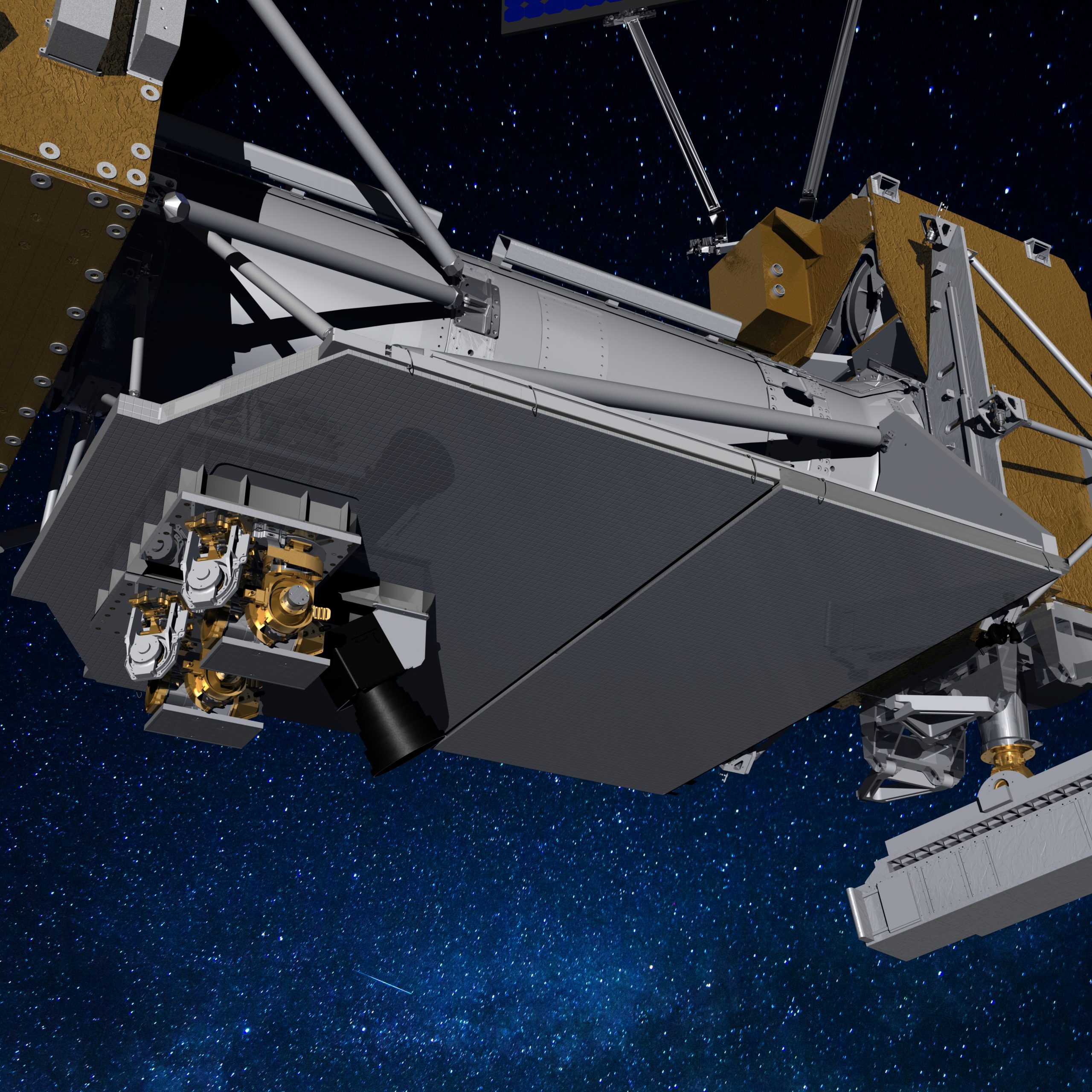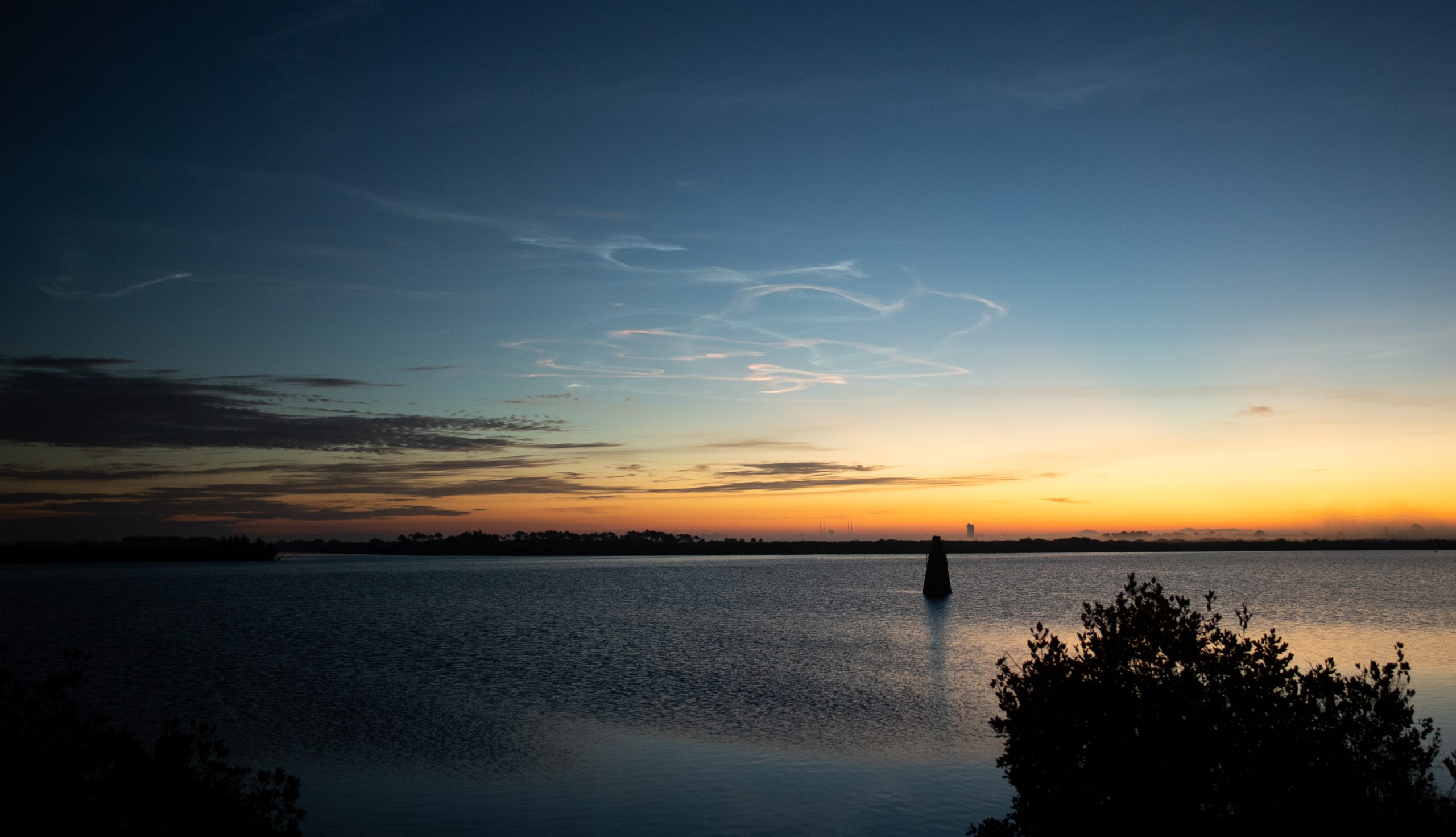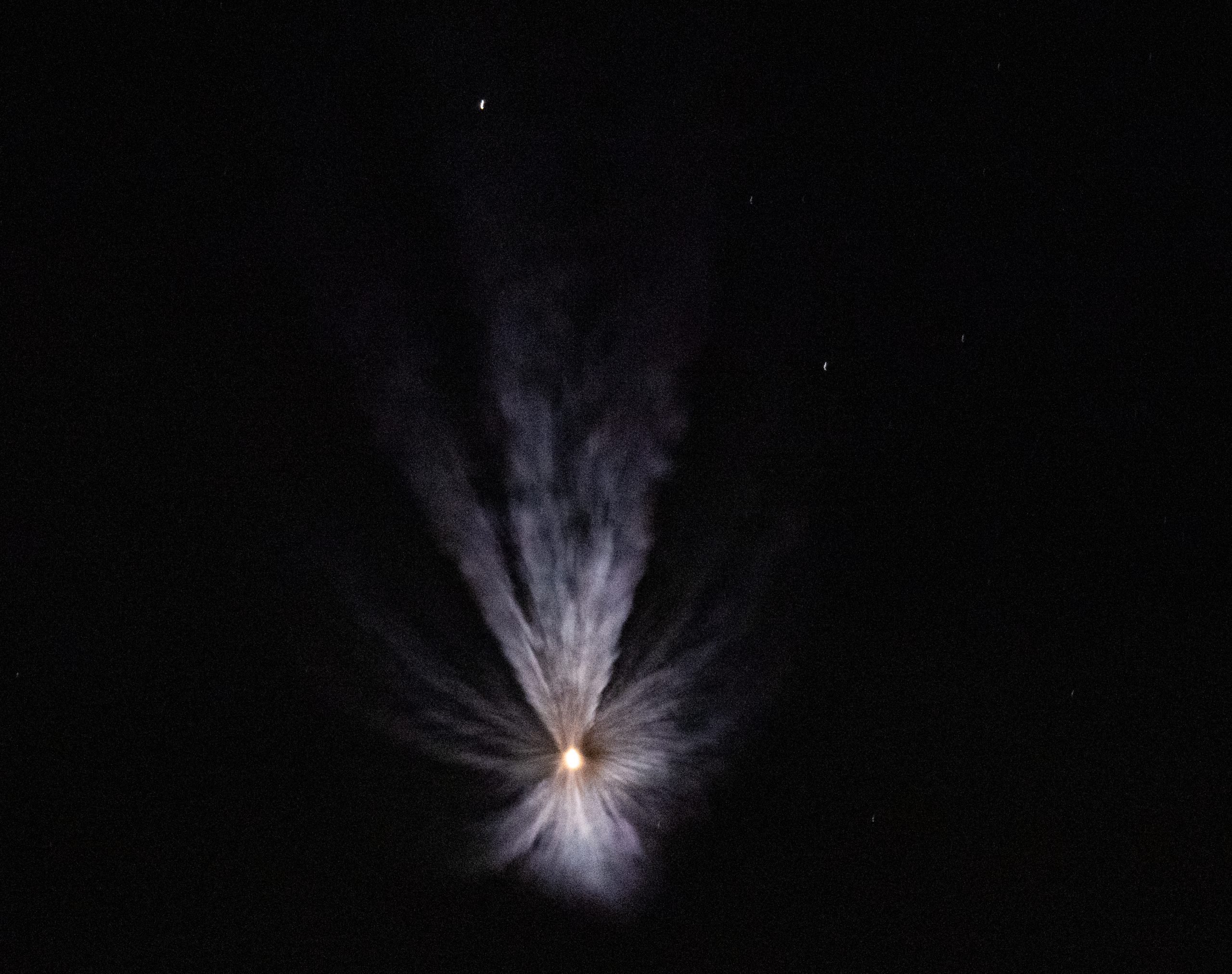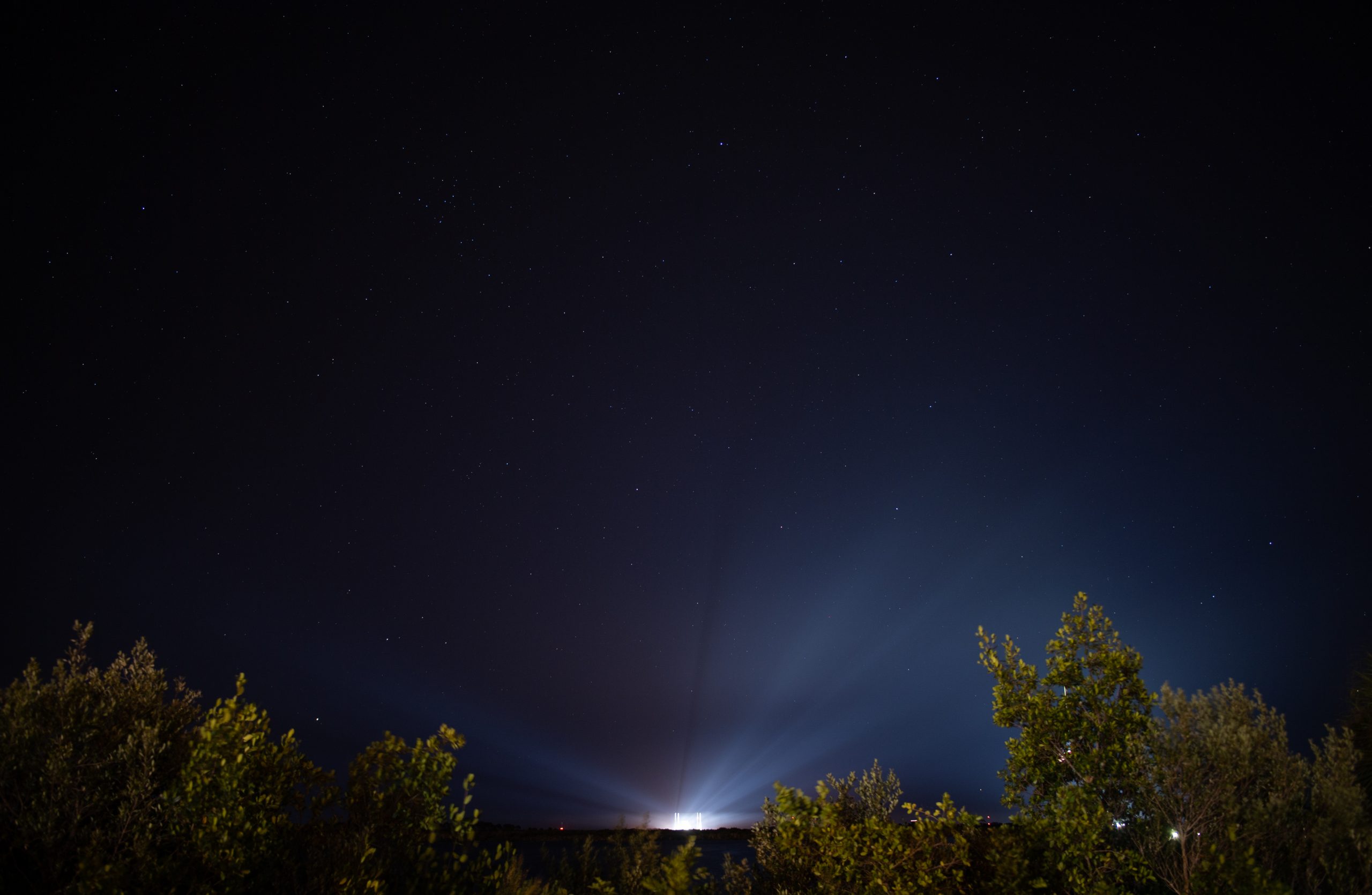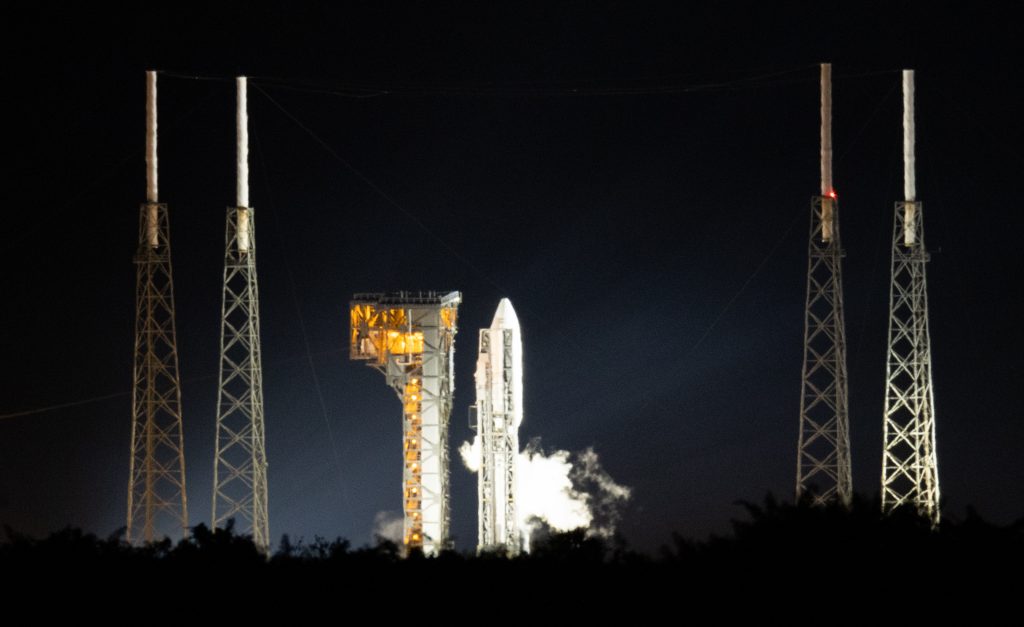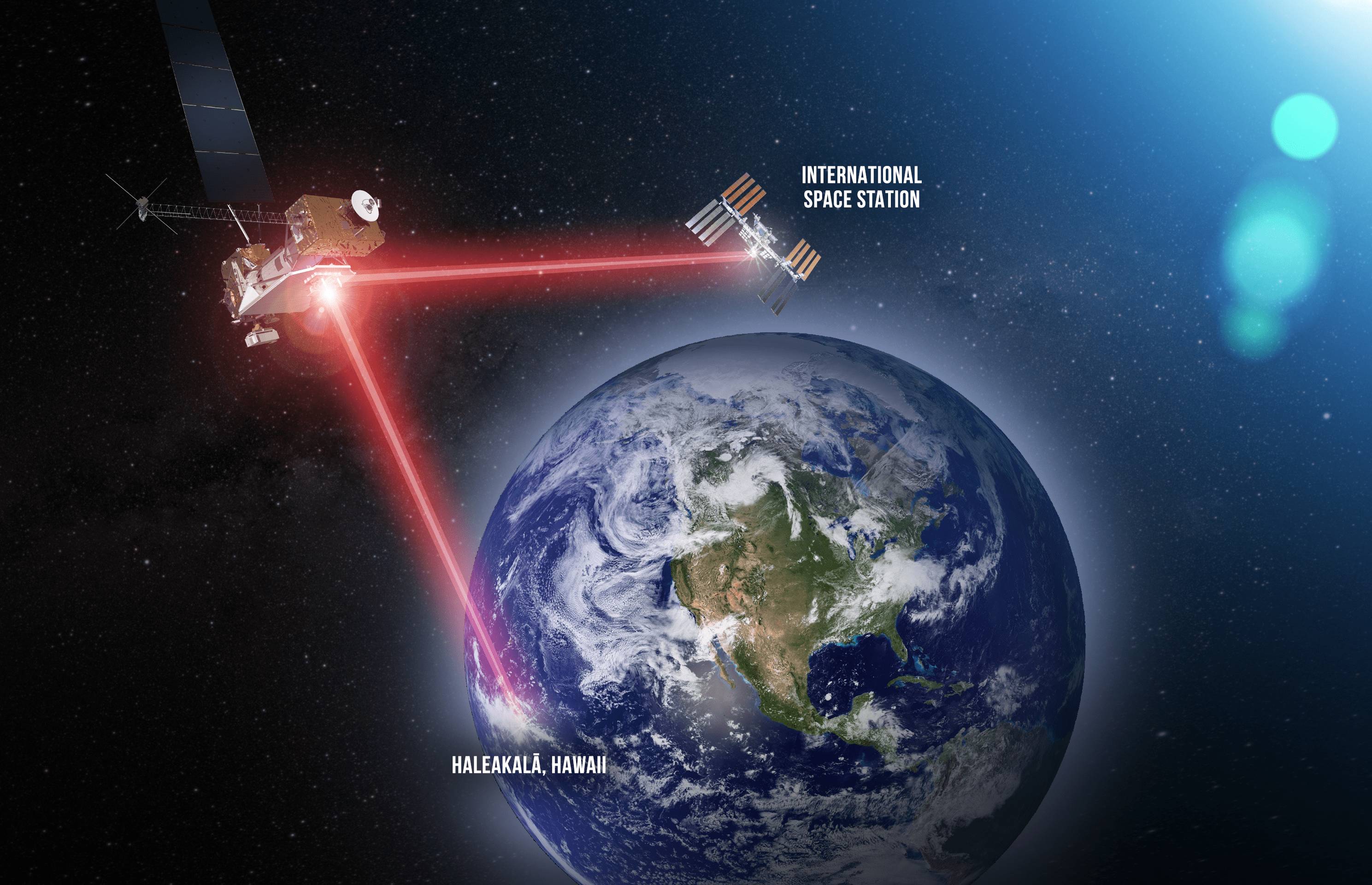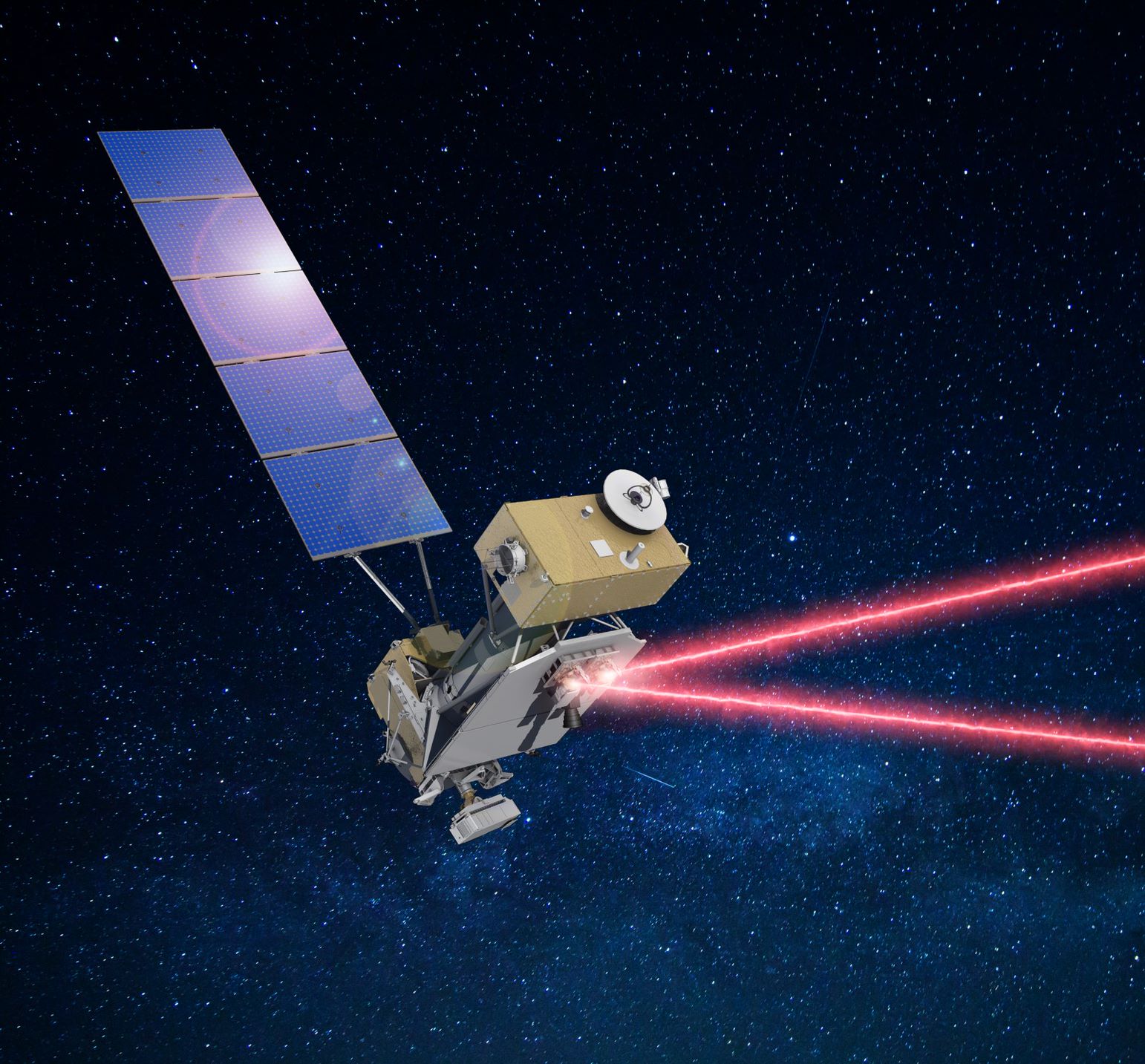
Photo credit: NASA’s Goddard Space Flight Center
United Launch Alliance’s Atlas V 551 rocket successfully launched from Launch Complex 41 on Cape Canaveral Space Force Station in Florida on Dec. 7, at 5:19 a.m. EST for the Department of Defense’s (DOD) Space Test Program 3 (STP-3) mission. Two satellites were on board, including the Space Test Program Satellite-6 (STPSat-6) spacecraft, which carried two NASA payloads that have been successfully deployed:
The Laser Communications Relay Demonstration (LCRD), will be NASA’s first end-to-end laser relay system, sending and receiving data over invisible infrared lasers at a rate of approximately 1.2 gigabits per second from geosynchronous orbit to Earth. With data rates 10 to 100 times higher than traditional radio frequency systems, laser communications systems will provide future missions with extraordinary data capabilities.
The mission will operate for at least two years. Engineers will beam data between LCRD and optical ground stations located in Table Mountain, California, and Haleakalā, Hawaii, once LCRD is positioned more than 22,000 miles above Earth. Experiments will refine the transmission process, study different operational scenarios, and perfect tracking systems. The information and data are essential to readying a laser communications system for an operational mission because engineers cannot replicate the same conditions with ground tests.
UVSC Pathfinder — short for Ultraviolet Spectro-Coronagraph Pathfinder — begins its mission to peer at the lowest regions of the Sun’s outer atmosphere, or corona, where solar energetic particles, the Sun’s most dangerous form of radiation, are thought to originate. A joint NASA-U.S. Naval Research Laboratory experiment, UVSC Pathfinder becomes the latest addition to NASA’s fleet of heliophysics observatories, which study a vast, interconnected system from the Sun to the space surrounding Earth and other planets, and to the farthest limits of the Sun’s constantly flowing stream of solar wind.
For a full recap of this morning’s launch, visit: https://www.nasa.gov/press-release/nasa-s-laser-communications-tech-science-experiment-safely-in-space-0/
To stay updated about LCRD and laser communications, visit: https://www.nasa.gov/lasercomms.
Stay connected with the LCRD mission on social media:
Twitter: @NASA, @NASAGoddard, @NASALaserComm, @NASA_Technology, @NASASCaN
Facebook: NASA, NASAGoddard, NASA Technology, NASA Space Communications and Navigation
Instagram: NASA, NASAGoddard

